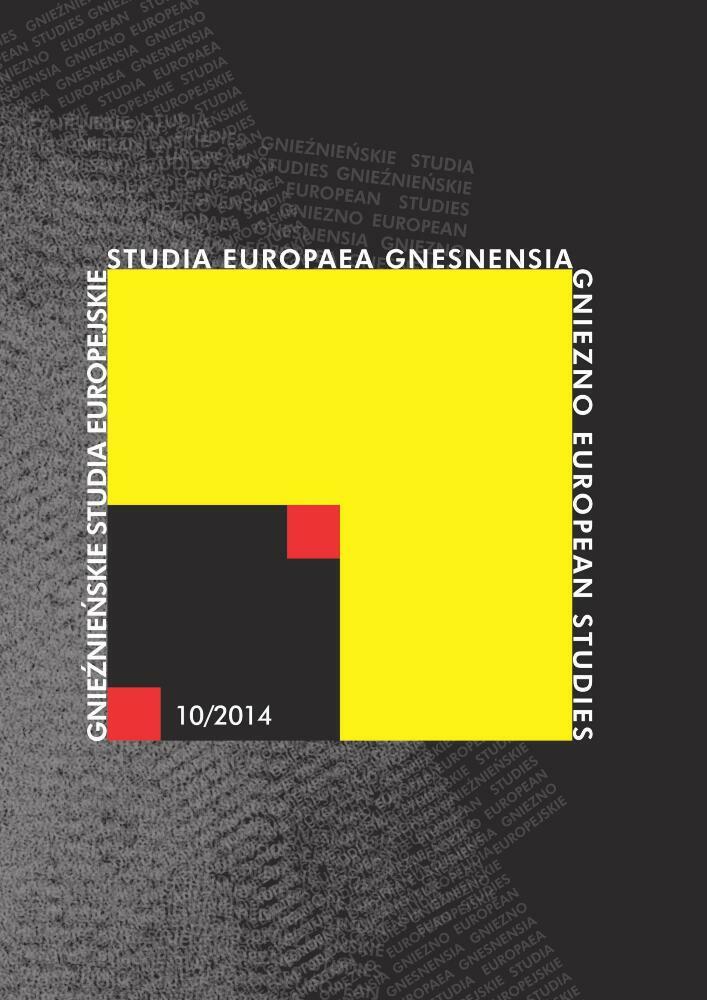Literaturhinweise
Bourdieu P., Le Sens pratique, Paris 1980 (wydanie polskie: Zmysł praktyczny, przeł. M. Falski, Kraków 2008).
Brand C.E., Roman Military Law, Austin 1968.
Brunt P.A., Italian Manpower 225 B.C.–A.D. 14, Oxford 1971, s. 430–514.
Campbell J.B., The Emperor and the Roman Army 31 BC–AD 235, Oxford 1984, s. 243–314.
du Picq A., Études sur le combat, Paris 1880 (wydanie polskie: Studium nad bitwą, przeł. J. Zając, Oświęcim 2012).
Faszcza M.N., Homoseksualizm w armii rzymskiej w okresie republiki, [w:] A.Kruszyńska (red.), Wojna jako zjawisko polityczne, społeczne i kulturowe, Warszawa 2013, s. 34–46.
Foucault M., Surveiller et punir. Naissance de la prison, Paris 1975 (wydanie polskie: Nadzorować i karać. Narodziny więzienia, przeł. T. Komendant, Warszawa 1998).
Goldsworthy A.K., The Roman Army at War 100 BC–AD 200, Oxford 1996.
Gruen E.S., the Last Generation of the Roman Republic, Berkeley–Los Angeles 1974, s. 366.
Harmand J., L’armee et le soldat a Rome de 107 a 50 avant notre ere, Paris 1967, s. 15–18;
Jomini H., Précis de l’art de la guerre, Paris 1830 (wydanie polskie, skrócone: Zarys sztuki wojennej, przeł. F. Dziedzic, Warszawa 1966).
Keaveney A., The Army in the Roman Revolution, London–New York 2007.
Lendon J.E., Soldiers and Ghosts. A History of Battle in Classical Antiquity, New Haven– –London 2005.
Levithan J., Review of: Sara Elise Phang, Roman Military Service. Ideologies of Discipline in the Late Republic and Early Principate. Cambridge/New York: Cambridge University Press, 2008. Pp. xv, 336.Bryn Mawr Classical Review, 2008.09.14, http:// bmcr.brynmawr.edu/2008/2008–09–14.html (dostęp: 6.05.2014)
Levy E., Die römische Kapitalstrafe, [w:] idem, Gesammelte Schriften, II, Köln–Graz 1963, s. 325–378.
Łuć I.A., Boni et mali milites romani. Relacje między żołnierzami wojsk rzymskich w okresie wczesnego cesarstwa, Kraków 2010.
McDonnell M., Roman Manliness: „Virtus” and the Roman Republic, Cambridge 2009.
Millar F., The Emperor in the Roman World (31 BC–AD 337), 2nd Edition, Ithaca 1994.
Milner N.P., Introduction, [w:] Vegetius: Epitome of Military Science, 2nd Edition, Liverpool 2011, s. xiii–xliii.
Oakley S.P., Single Combat in the Roman Republic, The Classical Quarterly 35, 2, 1985, s. 392–410.
Patterson J., Military organization and social change in the later Roman Republic, [w:] J. Rich, G. Shipley (red.), War and Society in the Roman World, London–New York 1993, s. 99.
Phang S.E., Intimate conquest. Roman soldiers’ slave women and freedwomen, The Ancient World 35, 2, 2004, s. 207–237.
Phang S.E., Military Documents, Languages, and Literacy, [w:] P. Erdkamp (red.), A Companion to the Roman Army, Malden 2007, s. 286–305.
Phang S.E., Roman Military Service: Ideologies of Discipline in the Late Republic and Early Principate, Cambridge University Press, Cambridge 2008.
Phang S.E., Soldiers’ Slaves, „Dirty Work”, and the Social Status of Roman Soldiers, [w:] J.J. Aubert, Z. Varhelyi (red.), A Tall Order: Writing the Social History of the Ancient World: Essays in Honor of W.V. Harris, München 2005, s. 203–225.
Phang S.E., The families of Roman soldiers (First and second centuries A.D.): culture, law and practice, Journal of Family History 27, 4, 2002, s. 352–373.
Phang S.E., The Marriage of Roman Soldiers, 13 BC–AD 235: Law and Family in the Imperial Army, Leiden 2001.
Rich J.W., The Supposed Manpower Shortage of the Later Second Century B.C., Historia 32, 3, 1983, s. 287–331.
Roth J.P., The Logistics of the Roman Army at War (264 B.C. — A.D.235), Leiden 1999,
Temporini H. (red.), Aufstieg und Niedergang der römischen Welt, II.13.2, Berlin–New York 1980, s. 234–277.
Tomczak J., Armia rzymska od frontu i od kuchni (recenzja książki: Paul Erdkamp (red.), A Companion to the Roman Army, Blackwell Publishing, Malden 2007, 574 s.), Studia Europaea Gnesnensia 5, 2012, s. 301–310.
Tomczak J., Zrozumieć świat starożytnego wojownika (recenzja książki: J.E. Lendon, Soldiers and Ghosts. A History of Battle in Classical Antiquity, Yale University Press, New Haven–London 2005, 468 s.), Studia Europaea Gnesnensia 8, 2013, s. 301–311.
Toynbee A.J., Hannibal’s Legacy. The Hannibalic War Effects on Roman Life, II, Oxford 1965.
von Premerstein A., Von Werden und Wesen des Prinzipats, München 1937, s. 27–60.
Wesch-Klein G., Soziale Aspekte des römischen Heerwesens in der Kaiserzeit, Stuttgart 1998.
Woolf C., Déserteurs et transfuges dans l’armée romaine a l’époque républicaine, Napoli 2009.
